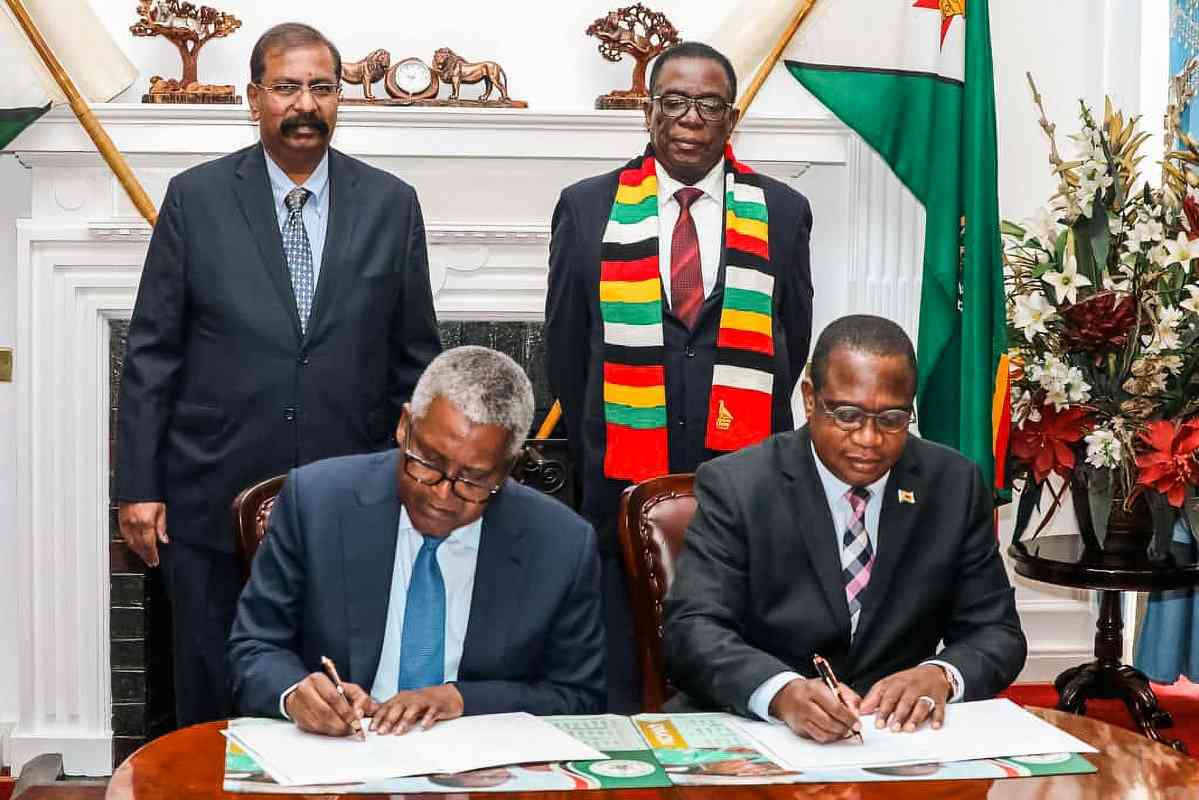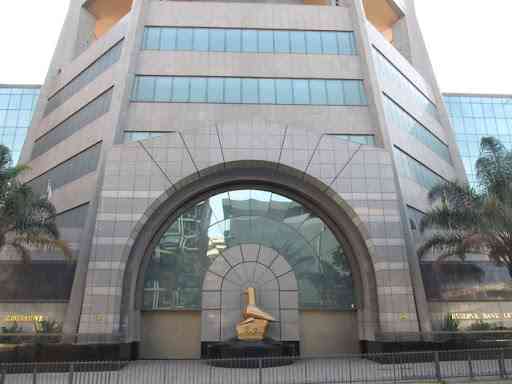
Zimbabwe’s banking sector reported a sharp plunge in profits during the first half of 2025, with aggregate earnings falling to ZiG5,0 billion, the Reserve Bank of Zimbabwe (RBZ) said yesterday.
This marks a dramatic decline from the ZiG10,4 billion recorded in the same period last year, underlining growing economic pressures that have gripped multiple sectors.
Still, the RBZ said the sector remained “safe and sound”, supported by strong financial soundness indicators, according to its 2025 mid-term monetary policy statement (MPS).
The MPS showed that while total assets, loans and deposits rose significantly, profitability and capital efficiency deteriorated.
“Aggregate banking sector profit amounted to ZiG5,0 billion (US$184,07 million) for the half-year ended June 30, 2025, compared to ZiG10,4 billion (US$760,37 million) reported in the corresponding period in 2024,” the RBZ said.
Total banking sector assets jumped 147% to ZiG191,82 billion, but net profit declined steeply by 76% to ZiG4,96 billion.
Much of the slowdown occurred in the first quarter of the year.
“The asset mix … remained skewed towards loans and advances, which accounted for 32,9% of total banking sector assets as at June 30, 2025,” the MPS reads in part.
- Awards target married couples
- Awards target married couples
- Zimbabwe needs to rethink economic policies
- Zimbabwe needs to rethink economic policies
Keep Reading
Return on assets and return on equity also declined significantly.
The capital adequacy ratio, while still above the 12% regulatory benchmark, fell from 46,15% in June 2024 to 33,81% in June 2025. Similarly, the Tier 1 capital ratio dropped from 40,13% to 25,28%, signalling reduced buffers of high-quality capital.
Total loans and advances grew by 146% to ZiG67,51 billion, while deposits surged by 159% to ZiG112,77 billion.
“Foreign currency denominated loans accounted for 88,4% of the banking sector aggregate loans. The country’s key productive sectors continue to benefit from the intermediary role of banks and they secured 72,0% of total loans as at June 30, 2025,” the RBZ said.
“Specifically, agriculture, manufacturing and distribution sectors accounted for 16,8%, 12,2% and 10,9% of total loans, respectively,” it said.
The loans to deposits ratio remained stable between 56% and 59%, reflecting balanced credit expansion, while the non-performing loan ratio improved slightly to 2,90%, down from 3,37% in December 2024.
The liquidity ratio also remained above the 30% requirement, despite a slight decline.
The RBZ said it will maintain its current tight monetary policy stance, but remain flexible to new data on inflation, exchange rates, economic activity and other macroeconomic indicators. The policy rate was kept unchanged at 35%.
However, the market has indicated this rate may be too high. In May, the Zimbabwe National Chamber of Commerce (ZNCC) raised concerns about the repercussions of elevated interest rates.
“Despite reported liquidity surpluses in the banking system, access to affordable and productive credit remains limited,” ZNCC said in a paper to its membership following a meeting with central bank governor John Mushayavanhu.
“ZNCC cited high lending rates (40% to 47%) and ineffectiveness of the Targeted Finance Facility (TFF) in reaching businesses, particularly SMEs. Less than 50% (about ZiG300 million) of the funds under the TFF has been disbursed. Most applicants are deemed uncreditworthy by banks,” it said.
The meeting – a rare business call outside the usual monetary policy consultations – underscored the urgency of economic challenges.
During stakeholder consultations on monetary policy, calls were made for a reduction in the policy rate.
But the RBZ defended its stance. “Given the high annual inflation and the need to anchor inflation expectations, the current bank policy rate at 35% is assessed to be still appropriate, and supportive of stability and growth,” it said.
“The recent country disinflation experiences have shown that, to durably anchor inflation expectations, it would be appropriate to reduce policy rates when inflation has gone below the policy rate in order to foster the optimal level of positive real interest rates.
“This is also based on experience that inflation expectations are mainly backward looking and adaptive and based on current and previous annual inflation trends in the context of high inflation.”
The monetary policy committee will continue reviewing the policy rate in line with evolving inflation and growth risks.
The RBZ also retained the 70% foreign currency retention threshold for exporters, which will be reviewed as part of the de-dollarisation roadmap aligned with the forthcoming National Development Strategy II (NDS2).
It said the redesign and production of improved ZiG banknotes was advancing well.
According to the MPS, the de-dollarisation roadmap will be anchored in NDS2. The RBZ, which chairs the NDS2 Thematic Working Group on Macroeconomic Stability and Financial Deepening, is leading consultations on the matter.
“The roadmap will undoubtedly encapsulate the need to maintain the current stability, preserve the foreign currency accounts and the existing US dollar-denominated contracts. Consideration will always be made to ensure that there is business continuity and certainty,” it said
Meanwhile, the microfinance sector posted aggregate equity of ZiG3,77 billion during the review period, down slightly from ZiG3,81 billion as at March 31, 2025. The RBZ said five of the eight operational deposit-taking microfinance institutions (DTMFIs) were compliant with the minimum capital requirement of the local currency equivalent of US$5 million.
It reported a 6,52% increase in the total microfinance loan portfolio, from ZiG5,98 billion on March 31 to ZiG6,37 billion by June 30. The top 30 microfinance institutions held ZiG5,53 billion — 86,76% of the total portfolio — highlighting high sectoral concentration. “Credit risk in the microfinance sector remains elevated,” the RBZ said.
“The DTMFIs sub-sector, as at June 30, 2025, registered a 34,81% increase in total deposits from ZiG1,58 billion as at March 31, 2025, to ZiG2,13 billion, largely driven by foreign currency deposits, which accounted for 90,68% of total deposits.
“The prudential liquidity ratio for the DTMFI as at June 30, 2025 was 135,85% — a decline from 177,45% as at March 31, 2025. The prudential liquidity ratio was significantly above the prudential minimum threshold of 30%,” it added.
“In pursuit of financial stability and fostering consumer protection, the Reserve Bank undertook a number of market conduct activities to assess microfinance institutions’ compliance with the core client protection principles as enunciated in the First Schedule of the Microfinance Act,” the MPS said.
Exchange rate as at June 30, 2025: US$1:ZiG26,9.











